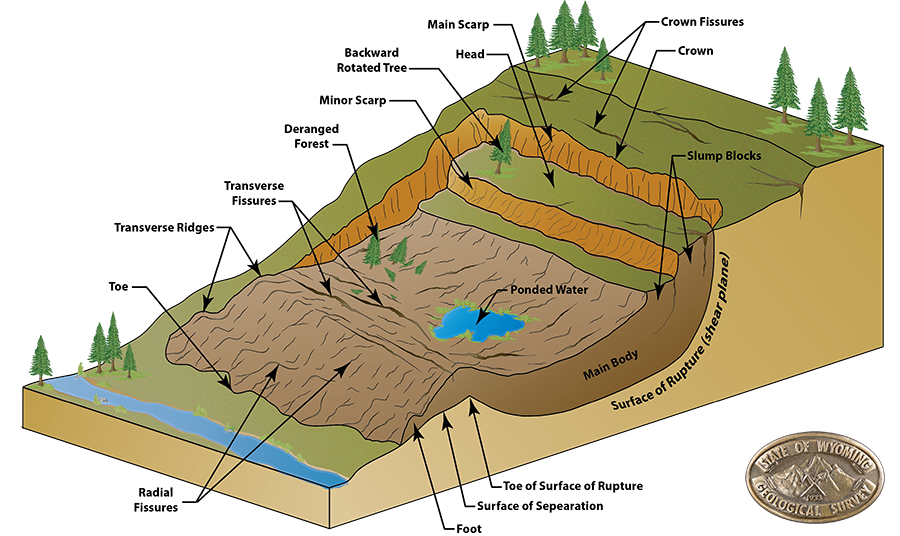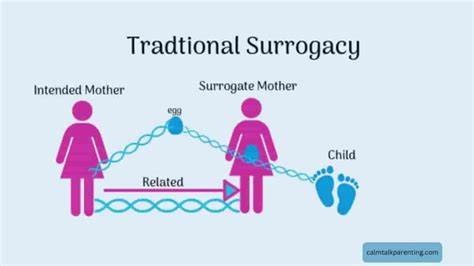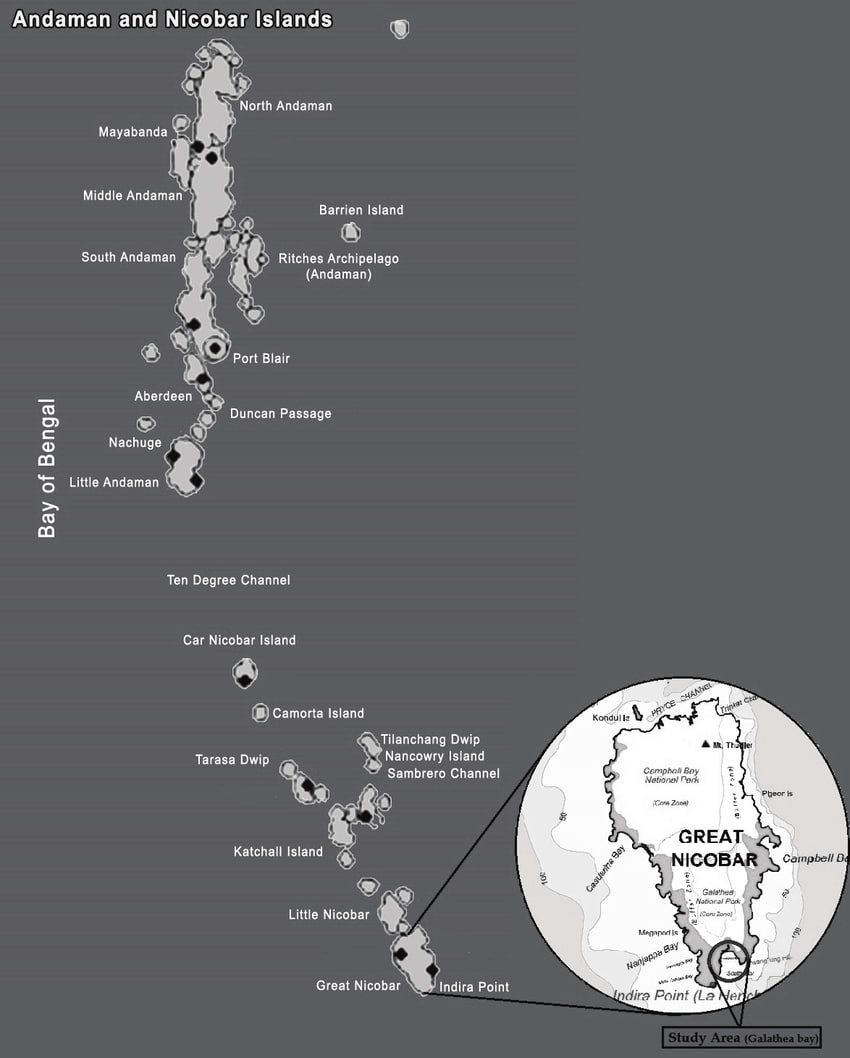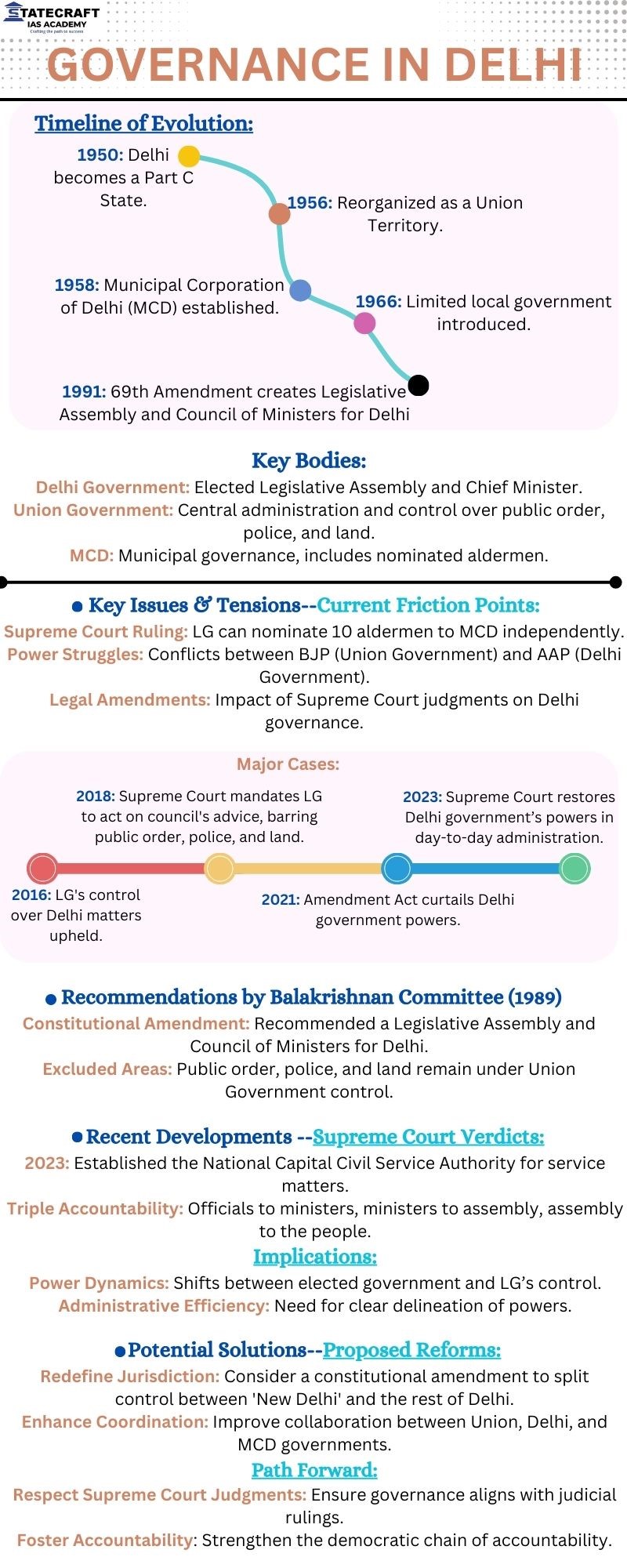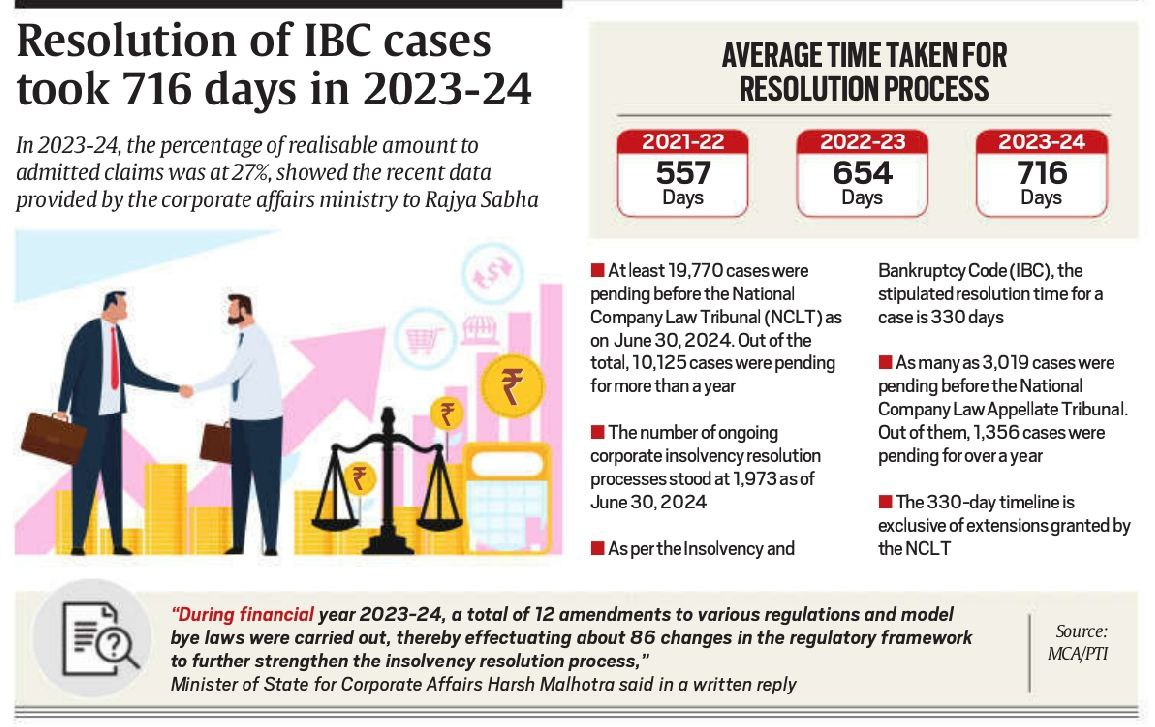1. The problem of Landslides in Kerala
CONTEXT: Recently, two severe landslides occurred in Wayanad’s Meppadi panchayat, resulting in over 230 deaths and more than 130 missing individuals.
- Historical Context: Kerala has faced repeated landslides since the catastrophic flood of 2018. Major landslides in 2018 and 2019, such as those in Kavalappara and Puthumala, highlight the region’s vulnerability.
Causes and Contributing Factors
- Extreme Weather: Landslides have been triggered by intense rainfall. For instance, recent landslides were caused by 527 mm of rain over 48 hours.
- Anthropogenic Factors: Human activities exacerbate landslide risks. Unregulated construction, especially in hilly areas, and inadequate early warning systems contribute to the problem.
Government Initiatives and Challenges
- Post-2018 Measures: Kerala’s post-disaster needs assessment aimed to build climate resilience through:
- Integrated water resource management
- Eco-sensitive land use and settlement planning
- Community-based disaster management
- Technological and innovative disaster risk reduction
However, implementation has been slow and uneven.
- ‘Room for River’ Project: This flood management initiative has not progressed as expected.
- Eco-Sensitive Land Use: Efforts to enforce eco-sensitive practices are hindered by public resistance and inadequate regulatory measures.
Technical and Infrastructure Issues
- Early Warning Systems: There is a need for better early warning systems, including the installation of Doppler weather radars and additional rain gauges. Delays in upgrading technical capabilities of the India Meteorological Department and the Geological Survey of India have impacted the effectiveness of early warnings.
- Local Disaster Management Plans: The Kerala Institute of Local Administration has developed detailed disaster management plans for 260 local bodies, including Meppadi. These plans cover geomorphological features, demographics, and emergency response strategies. However, the effectiveness of these plans in disaster mitigation requires further evaluation.
Community and Local Bodies Involvement
- Panchayat-Level Plans: Local disaster management plans are comprehensive but need to be integrated into broader district-level plans.
- Community Monitoring: There is a growing need to integrate community-driven climate monitoring systems to complement official forecasts and warnings.
Recommendations for Improvement
- Upgrade Technical Infrastructure: Accelerate the installation of Doppler radars and increase the number of rain gauges to improve early warning systems.
- Strengthen Implementation: Ensure timely and effective implementation of post-disaster plans and projects.
- Promote Eco-Sensitive Practices: Enforce regulations on construction and land use in vulnerable areas to mitigate risks.
- Integrate Plans: Harmonize panchayat-level disaster management plans with district and state-level strategies for more effective disaster response.
Enhance Community Involvement: Leverage local knowledge and community-based systems for better disaster preparedness and response.
2. IISc Develops Surfactant from Agricultural Waste for Industrial Use
Overview
Researchers at the Indian Institute of Science (IISc), Bengaluru, have developed an innovative surfactant derived from agricultural waste—specifically, cashew nut shell liquid (CNSL).
This surfactant, named CNSL-1000-M, aims to replace toxic organic solvents commonly used in industrial chemical reactions with a more sustainable, water-based alternative.
Background
- Chemical Reactions and Solvents: Many industrial chemical reactions occur in liquid phases to facilitate interactions between substrates.
Traditionally, organic solvents are used, but they are toxic and generate significant waste—over 80% of chemical process waste comes from these solvents. Moreover, not all waste is disposed of properly, contributing to environmental pollution.
- Micellar Catalysis: The new surfactant utilizes micellar catalysis, a process where surfactants form micelles in water.
These micelles have hydrophobic (water-repelling) and hydrophilic (water-attracting) components.
The hydrophobic parts form an internal pocket within the micelle, protecting sensitive substrates and catalysts from water and enabling reactions that would otherwise require organic solvents.
Innovation and Benefits
- Source of CNSL: CNSL is a byproduct of cashew nut processing. As India is the second-largest producer of cashew nuts, CNSL is both readily available and cost-effective. This makes the surfactant not only sustainable but also economically viable.
- Surfactant Design: CNSL-1000-M is created by combining cardanol (a hydrophobic compound from CNSL) with m-PEG (a hydrophilic polymer). This combination forms micelles when added to water. The micelles’ hydrophobic cores protect water-sensitive substrates and catalysts.
- Performance: The surfactant has demonstrated impressive results:
- Higher Yields: It achieved 80% higher product yields in water compared to traditional organic solvents.
- Enhanced Reaction Efficiency: CNSL-1000-M provided 30% higher yields in reactions compared to existing surfactants.
- Industrial Applications: The surfactant was tested for the formation of carbon-phosphorus bonds, crucial for synthesizing compounds like Brigatinib (an anti-cancer agent) and organic LEDs. Its effectiveness in these reactions underscores its potential for broader industrial application.
Implications
- Environmental Impact: By reducing the reliance on toxic organic solvents, CNSL-1000-M represents a significant step towards more eco-friendly chemical processes. This could lead to less hazardous waste and better waste management practices.
Economic and Social Benefits: Utilizing a byproduct of cashew processing not only promotes sustainability but also supports local agricultural industries. Additionally, the cost-effectiveness of CNSL-1000-M makes it an attractive option for industries aiming to reduce expenses related to chemical processes.
3. Bombay HC Ruling on Egg and Sperm Donors' Legal Rights
Background
- Case Overview: The Bombay High Court ruled that egg and sperm donors do not have legal parental rights over children born through surrogacy.
- This case involved a woman who used her sister’s eggs for surrogacy. After the petitioner’s husband left her and started living with the egg donor, the petitioner sought visitation rights for her twin daughters.
Court’s Ruling
- Legal Entitlement: Justice Milind Jadhav ruled that egg and sperm donors cannot claim legal parenthood. The court dismissed claims that the egg donor (the petitioner’s sister) could be considered the legal mother.
- Cited Guidelines: The court referred to the National Guidelines for ART Clinics (2005) and the Surrogacy Act, which establish that genetic donors do not have legal rights over the child.
Implications
- Legal Precedent: Reinforces that genetic donors lack legal parental rights, distinguishing between genetic contribution and legal parenthood.
- Regulations: Highlights the importance of adhering to ART and surrogacy guidelines to protect all parties in third-party reproduction.
Rights: Legal parenthood and rights are governed by contractual agreements and legal frameworks, not just genetic contribution.
4. A Port of No Return: The Case of Great Nicobar Island
Background
- Location: Great Nicobar Island, specifically Galathea Bay.
- Issue: A proposed $42,000 crore transshipment port project in an area historically designated as a wildlife sanctuary and coastal regulation zone (CRZ-IA).
Key Points
- Coastal Regulation Zone (CRZ-IA)
- Definition: CRZ-IA areas include sensitive coastal regions with protected wildlife, mangroves, coral reefs, and nesting sites. Large construction projects are generally prohibited in these zones.
- Galathea Bay: Noted for significant biodiversity including nesting sites for giant leatherback turtles, coral colonies, mangroves, and Nicobar megapodes.
- Sanctuary and Denotification
- Wildlife Sanctuary: Galathea Bay was designated a wildlife sanctuary in 1997 to protect its ecological richness.
- Denotification: In January 2021, the sanctuary status was removed, despite the continuing presence of endangered species.
- Environmental Clearance Issues
- Ministry of Environment, Forests and Climate Change (MoEFCC): Granted environmental clearance for the port in November 2022.
- National Green Tribunal (NGT): The tribunal acknowledged that part of the project site is in CRZ-IA where ports are prohibited but faced conflicts of interest.
- Regulatory and Legal Maneuvering
- High-Powered Committee (HPC): Appointed by the NGT to review the clearance but included members with conflicts of interest.
- Ground-Truthing Survey: Recent survey claimed the area is now CRZ-IB, which permits port construction, despite ongoing evidence of CRZ-IA characteristics.
- Impact and Controversy
- Ecological Impact: The area remains ecologically sensitive, with continuing presence of protected species and habitats.
Legal and Ethical Concerns: The process has involved significant legal and regulatory manipulation to facilitate the project despite existing protections.
5. Difference between Parole and Furlough
Aspect | Parole | Furlough |
Definition | Conditional release before the end of a full sentence. | Temporary release for specific reasons, such as personal matters. |
Eligibility | Granted after serving a significant portion of the sentence with good behavior. | Granted based on behavior and specific needs or reasons. |
Purpose | Reintegration into society under supervision. | Address personal matters or participate in rehabilitation. |
Conditions | Subject to conditions like reporting to a parole officer, employment, and no new offenses. | Specific to the individual case, often related to the reason for release. |
Legal Status | Still serving the sentence; parole violations can lead to re-incarceration. | Temporarily out of prison; sentence continues during the furlough. |
Duration | Typically long-term, until the end of the sentence, under supervision. | Short-term, for a specific period or event. |
Impact of Violation | Violation can lead to return to prison to complete the original sentence. | Failure to return can result in additional penalties or extensions. |

